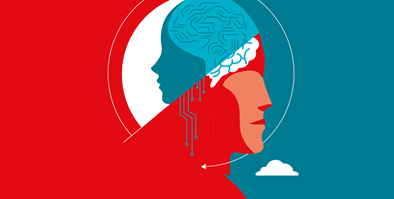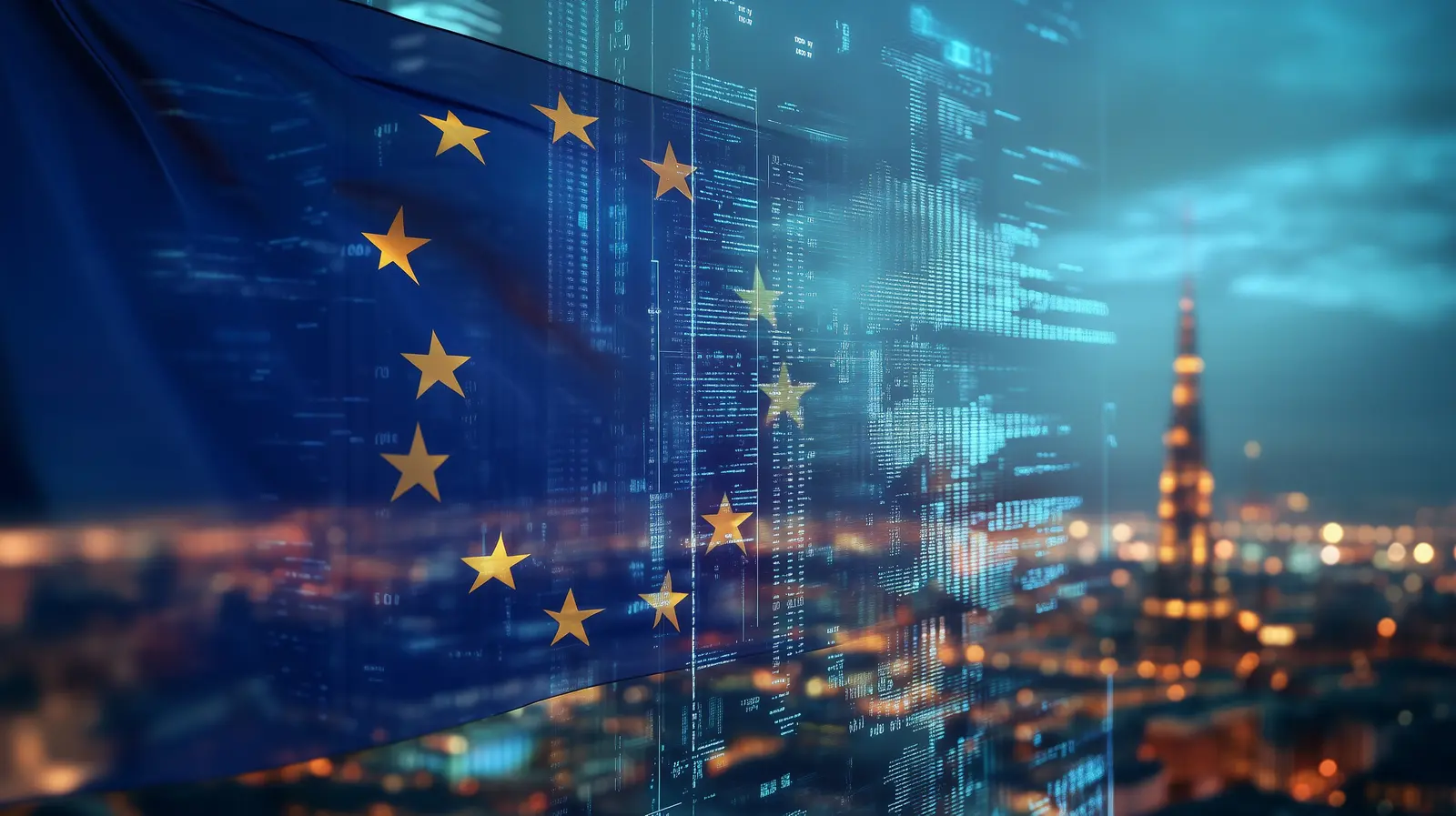Europe is an innovation hotbed when it comes to the Internet of Things (IoT) — technology that merges the physical and virtual worlds and creates “smart” environments.
With startups like Zurich-based MedAngel, which embeds a wireless thermometer with medicine to make sure it’s not exposed to excessive heat or cold during transport.
Or Estonia’s Thules, a smart suit monitoring the safety of miners, firefighters, and other workers in dangerous industries.
In fact, the Internet of Things market in today’s EU will exceed €1 trillion in value by 2023, according to separate predictions by the European Commission and consultancy firm A.T. Kearney.
But some in the industry say Europe’s rules governing the Internet of Things were established when the main users of communications technology were people, not machines.
So does an Internet-connected walking stick need to have number portability? Or does a garden sprinkler system with an IoT sensor need to be able to make an emergency call?
No one’s arguing they do, but it’s unclear which regulations apply.
And a complex regulatory maze might make Europe fall behind China and the United States in the Internet of Things, says international regulatory law firm Hogan Lovells.
Of 31 categories of regulation found in the EU and applying to IoT devices, only 18 are found in China, and 12 in the United States, the law firm says.
It is a timely issue as Europe elects a new European Parliament, and a new European Commission beckons.
So what does the future look like for connected devices in Europe—and how might EU policy help or hurt it?
The EU Startup Scaleup program. Video credit: Startup Europe
State of the EU IoT market today
In the middle of the decade, Europe leapt out to an early lead in the Internet of Things, especially in the Scandinavian countries and Germany.
In 2016, European automotive, construction, and manufacturing companies were sinking more of their IT budgets into the Internet of Things than their US counterparts.
And they gained an early advantage in implementation. The EU had double the US’s IoT proofs of concept in 2016.
But Europe is now “moving slowly when you compare it with China and US”, says David Österlindh, senior director for the Internet of things at Sigma IT Consulting in Malmo, Sweden.
Last year America drew even in the number of proofs of concept, and will hang on to this advantage at least through 2027, says US management consultancy firm Bain & Company.
In the US, the Internet of Things “is much higher up on the agenda for both companies and government”, and America is being faster to implement 5G, which will be needed to scale up IoT, Mr Österlindh adds.
A problem for European innovators is when national policies are different.
So “while an unconnected fridge enjoys free flow of goods within the EU, connected fridges do not,” says Joakim Reiter, Vodafone’s Group external affairs director.
The connected ones have to comply with both “EU telecoms regulation and the multitude of telecoms requirements in every EU country,” he says.
And this fragmented environment hinders innovation and trade, says Mr Reiter.
But “I do think that Europe will catch up—we must do it,” says Mr Österlindh.
Europe is “in the forefront” in the automotive, telecommunications, and healthcare industries, and should be able to leverage that position into IoT strength in each sector, he says.
The startup scene includes Startupbootcamp’s London-based IoT accelerator started in 2016, from which seven start ups graduated in January.
And the EU-backed Startup Scaleup, a six-month programme launched in 2015 where participating startups spend time in four different cities, to help them scale up.
https://www.youtube.com/watch?v=T7iXtyejRZY
Startupbootcamp IoT Demo Day 2018. Video credit: Startup Boot Camp
Policy challenges
The US has a different approach to regulation, says Joost Vantomme, head of smart mobility at the European Automobile Manufacturers’ Association in Brussels.
There are fewer regulators, fewer actions are regulated, and operators can self-certify their compliance, he says.
And China has “a very determined policy” to promote automated vehicles, and aren’t so much concerned with data collection and privacy, says Mr Vantomme.
But policy can help as well as hurt. For one, it can help create common standards, in an IoT field that joins companies in fields as far apart as telecommunications, automobiles, and healthcare.
“Standards need to be established. Without standards the war against centralised and silo-based models will never be completed,” says Rikard Strid, chief executive of KTC Control in Stockholm, which uses smart devices to help consumers use energy more efficiently.
Our digital devices “should speak a common language”, and both the dialect and language need to be agreed “with such decentralised architecture” as in IoT, he says.
Meanwhile, the General Data Protection Regulation (GDPR), the EU’s 2018 data privacy code, cuts both ways for European IoT device makers.
GDPR is “certainly the strongest and weakest peculiarity of Europe at the same time,” says Alexander Willner, head of an industrial Internet of Things group at the Technical University of Berlin.
On the one hand, it is “a barrier to extract actionable knowledge out of data”. But it’s also “a driver for new technologies and business models”, he says.
And GDPR helps to give confidence to people to buy IoT devices they wouldn’t trust otherwise, says Dimitri Carbonnelle, chief executive of Livosphere, a Paris-based IoT consultancy.
About 50 per cent of Europe’s population wouldn’t buy smart devices if they weren’t convinced their personal data would remain private, Mr Carbonelle says.
The need for businesses to comply with Europe’s data protection regulation also has helped European Telecommunications Standard Institute develop a globally applicable cybersecurity standard for IoT products in February.
The standard encourages developers to avoid using default passwords in IoT devices, which has been shown to be a common security vulnerability, for example.
So regulation, properly thought through, can be a help and not just a hindrance to innovation.
And Europe’s strength in data protection show how other cleverly thought out regulation might give Europe an edge in the Internet of Things over its competitors in US and China, too.

























